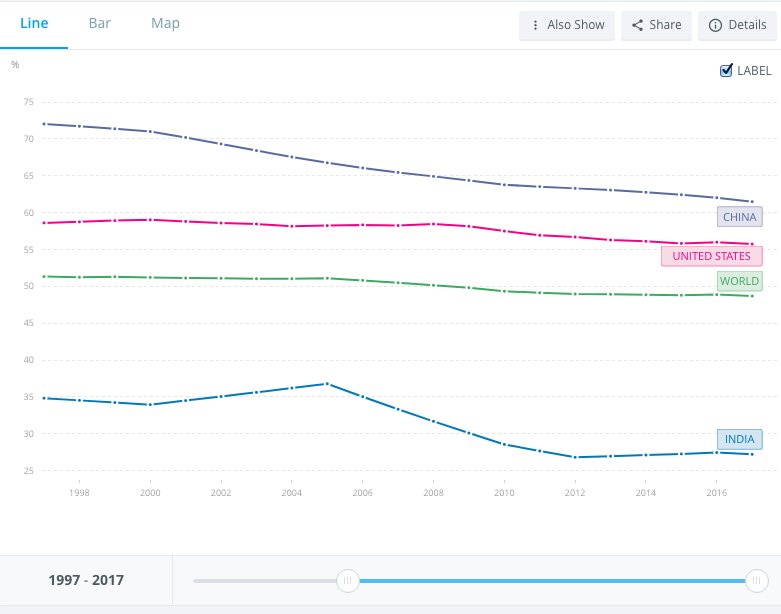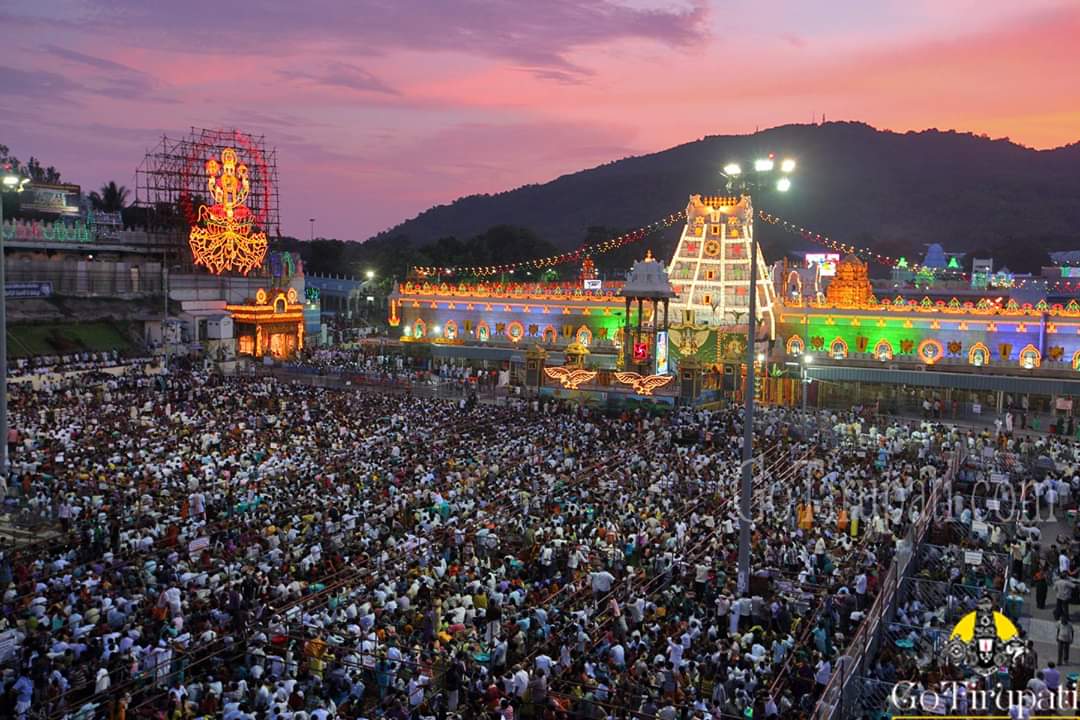The Economist recently even ran a cover story - "How India fails its Women"
This thread attempts to take a long historical view and examine these claims of "oppression" both in past and present
Let's just stick to facts, and refrain from ideological arguments - though there is a place and time for those discussions too
Gripe 1 - Female Labor force participation is too low
Gripe 2 - Gender ratios v heavily imbalanced - female infanticide is to blame
Gripe 4 - India is unsafe for women. Think Nirbhaya
Gripe 5 - India is still the land of arranged marriages. Though I am not sure how that militates against the welfare of women
Gripe 7 - Women lag significantly behind men in terms of educational attainment
Some are only in part true, but articulated in a tendentious and dishonest way
Some may be genuine gripes, which cannot be refuted (Eg : Gripe 7)
Superficially speaking this is a true claim. But it is ALSO part of a global trend
Yes. Worldwide there has been a decline in labor force participation.

But the "recent declining trends" do not have basis in culture or tradition
They merely indicate the often rational choices people make when they get out of subsistence poverty
Let's look at these slightly dated female workforce participation rates by state from 2011
Chattisgarh - 39.7%
Manipur - 38.6%
Goa - 21.9%
Kerala - 18.2%
West Bengal - 18.1%
Uttar Pradesh - 16.8%
Delhi - 10.6%
States scoring lower than average include affluent, relatively socially liberal provinces like Delhi, Goa. As well as communist-leaning provinces like Kerala, Bengal
This is no commentary whatsoever on the degree of emancipation of women in any of these states
India has a sex ratio of about 940 as per 2011 census.
And this is bemoaned as indicative of a deeply patriarchal culture that favors the male child
The reality is in fact quite different.
For much of Indian history, the sex ratio was actually much more favorable than it is now
To control for this the great historian Anant Sadashiv Altekar, in his work, looks at new born incidence in each sex in late 19th cen
What has changed in recent decades is the spurt in foetecide, driven by technology, which has desensitized many people to the loss of human life
The fact that it is not sex-selective doesn't make it any less condemnable or less problematic.
This is the most easily refutable of critiques, as it is very widely known that Indian crime rates and even rates of gender violence (including rape) are v low by global standards (even if one factors in under-reporting)
The whole issue of widows and Sati and the related issue of Niyoga and its discontinuance
Education of women in Indian tradition
Role of women in religion
Women in secular public life
Will do a separate thread on this at a later point







